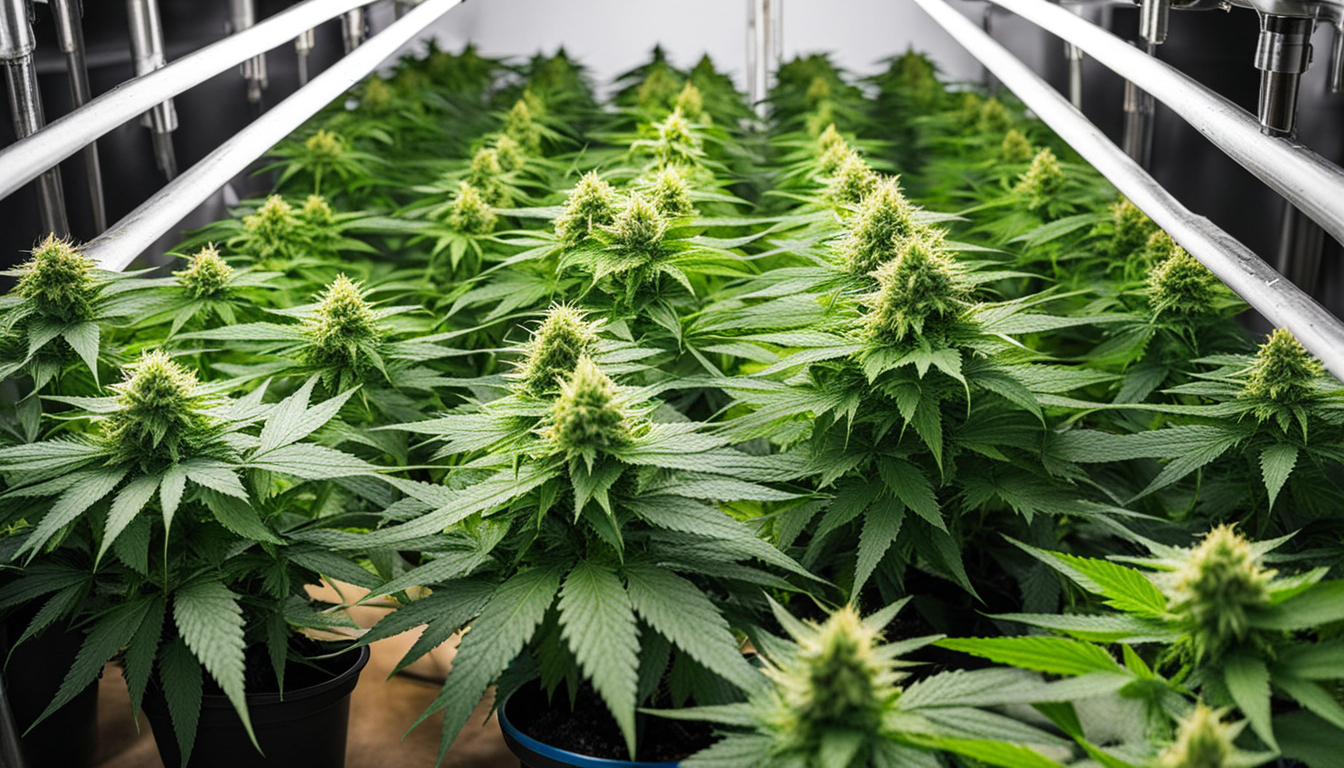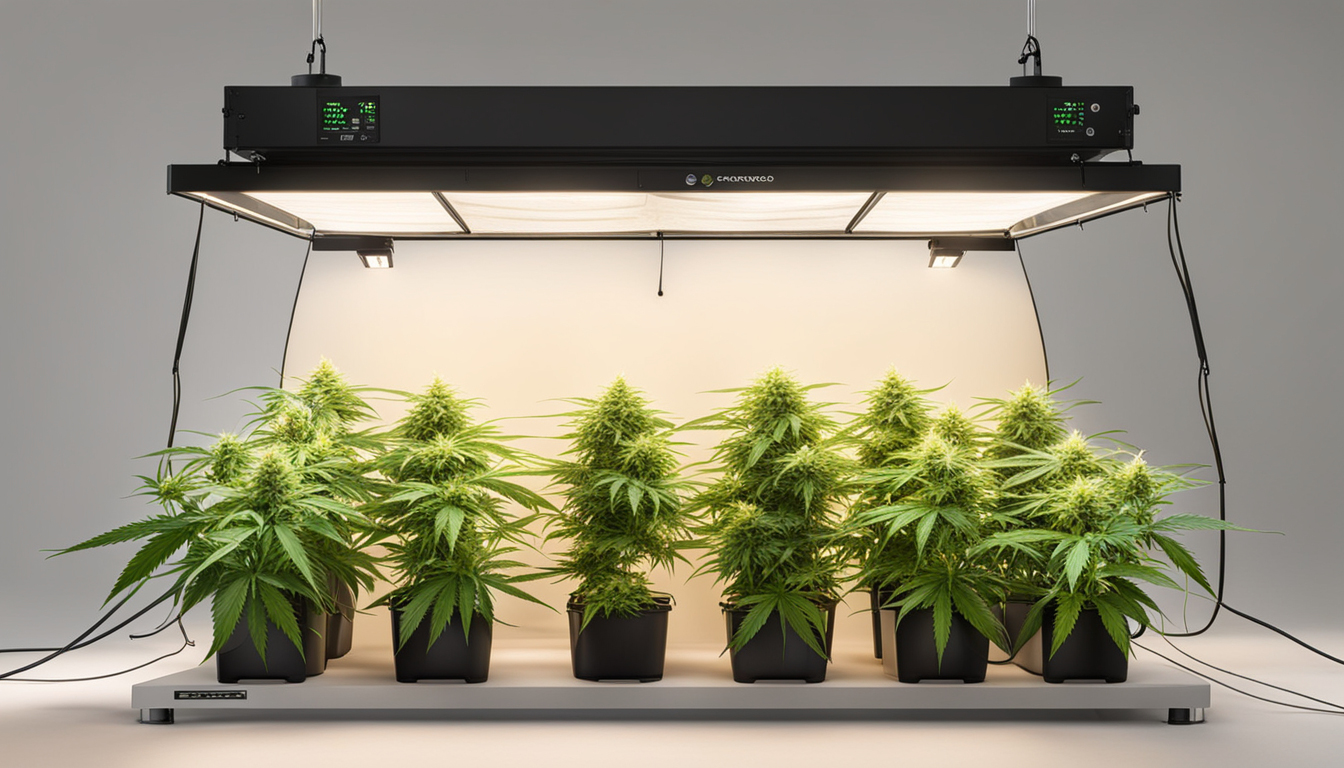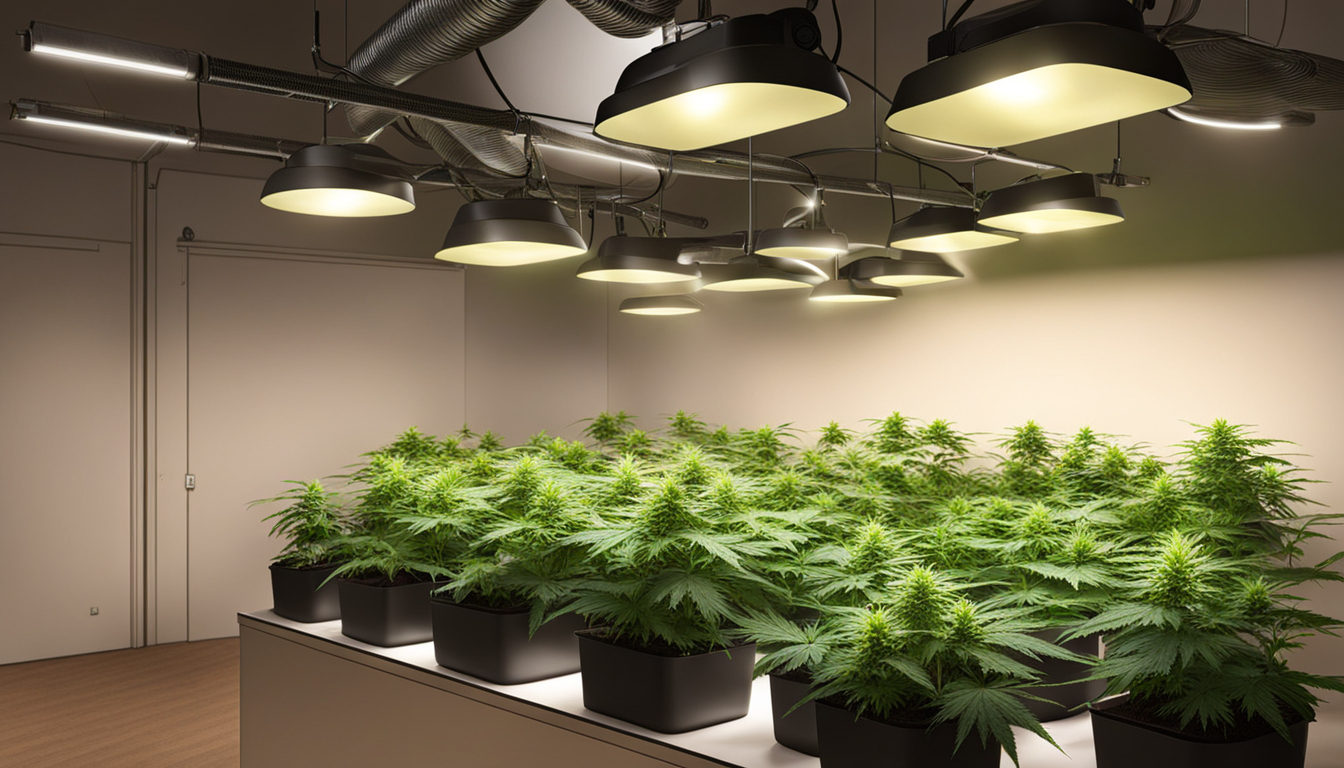
Whether you're beginning cannabis growing or looking to improve your existing crop, following this complete guide will help you produce bountiful, high-quality yields right at home. With the right equipment, techniques, and care, cultivating pot indoors can be an extremely rewarding and cost-effective endeavor.
Choosing Cannabis Strains
The first step in planning your indoor crop is selecting the right marijuana cultivars to produce. The three main types of cannabis plants each have their own characteristics.
Sativas
Known for their invigorating intellectual effects, these strains spread tall and slender with narrow leaves. They flourish in tropical tropical climates and have a longer flowering time between 10-12 weeks indoors. Top sativa strains include Sour Diesel, Durban Poison, and Jack Herer.
Indicas
Indicas provide calming body-focused effects and spread short and bushy with wide leaves. Accustomed to colder mountain climates, they bloom faster within 8-9 weeks. Popular indica strains include Granddaddy Purple, Northern Lights, and Bubba Kush.
Hybrids
Hybrid strains blend traits from both sativas and indicas. They offer combined effects and have moderate flowering periods around 9-10 weeks. Well-known mixes are OG Kush, Girl Scout Cookies, and Blue Dream.

Setting Up Your Grow Space
Pot plants need the right controlled environment to succeed. Key factors for indoor farms are lighting, ventilation, layout, and finding the ideal discreet location.
Location
Choose an available space with direct access to water and electrical outlets. An empty spare room, large closet, corner of the basement, or cultivation tent tucked away in a garage all make great stealthy cultivation room spots.
Lights
Weed requires intense light for all vegetative stages. LEDs are efficient and come in full spectrum options mimicking real outdoor light. Cover 15-25 watts per sq. ft for the vegetative stage and 20-40 watts per sq. ft. for flowering.
Ventilation
Proper ventilation and exhaust systems keep ideal temperature, moisture, and pure CO2 levels. Install silent 10-15 cm blowers or carbon filters to refresh old air and eliminate odors.
Layout
Optimize your space by arranging plants strategically under the lamps and leaving room to reach and work around them. Set up distinct zones for vegetation, flowering, curing, and cloning.

Growing Mediums
Pot can be grown in various mediums, each with benefits and cons. Pick a suitable option for your particular setup and cultivation style.
Soil
The classic substrate, soil is affordable and simple for beginners. It provides great taste but requires more irrigation and nutrients to nourish plants. Enrich soil with perlite or coir to enhance drainage.
Coconut coir
Made from coconut husks, reusable coconut fiber retains water but still allows air to the roots. It's more sterile and more predictable than soil. Use coir-specific fertilizers to avoid accumulation.
Water systems
In hydro systems, plant roots develop right in nutrient irrigation solution. This enables rapid growth but needs careful monitoring of water properties. Deep water culture and drip systems are popular methods.
Germinating Seeds
Sprouting prepares your weed seeds to start growing taproots. This prepares them for transplanting into their cultivation medium.
Paper Towel Method
Place seeds between wet paper towels and keep them damp. Inspect after 2-7 days for growing radicles indicating germination is complete.
Planting directly
Insert seeds directly into pre-moistened cultivation medium 6mm deep. Gently water and wait 1-2 weeks until Send a Message sprouts break through the top.
Rockwool Cubes
Presoak cubic rockwool starters in pH-adjusted water. Insert seeds 1⁄4 inch deep into the cubes. Keep cubes wet until seedlings emerge within 1-14 days.
Repotting Young plants
Once sprouted, weed seedlings need to be repotted to prevent crowding. Move them into appropriately sized containers.
Ready Containers
Load large containers with growing medium amended with slow-release fertilizer. Let pots to soak up water overnight before transplanting.
Carefully Transplanting
Carefully loosen young roots from sprouting medium using a spoon. Place into prepared container at equal grow cannabis depth as before and gently water in.
Growth Stage
The growth stage encourages leafy growth and plant structure through 18-24 hours of daily light exposure. This stage usually lasts 1-2 months.
Using 3/4 to full day of Lighting
Use lamps on a 24 daily schedule or natural sunlight to trigger constant photosynthesis. Light intensity influences size and internodal spacing.
Fertilizing
Use grow stage fertilizers richer in N. Make sure pH remains around 5.8-6.3 for full fertilizer uptake. Fertilize 25-50% concentration after 14 days and strengthen slowly.
Training Techniques
Topping, LST, and scrogging direct shoot shapes for flat foliage. This boosts yields.

Bloom Stage
The blooming stage develops buds as plants show their sex under a 12 hour cycle timing. It lasts 8-12 weeks depending on variety.
Switching to 12/12
Change grow lights to 12 hours on, 12 hours off or move outside for outdoor 12/12 timing. This signals plants to begin blooming.
Stop Fertilizing
Flushing flushes out fertilizer residuals to improve taste. Feed weakly the first period then just use pH'd water the final 2 weeks.
Flushing
Continue 12 hour photoperiod but leach using pH-balanced water only. Resume clean watering if buds aren't yet mature after two weeks.
Reaping
Recognizing when weed is fully ripe delivers peak cannabinoid content and aroma. Cut down plants at optimal maturity.
Identifying Ripeness
Check swollen calyxes, faded pistils, and 10-15% cloudy trichs. Inspect buds across the plant as they won't all mature evenly.
Harvesting plants
Use clean, sharp trimming scissors to gently cut each plant at the base. Keep 5-10cm of stem attached.
Curing
Hang whole plants or colas upside down in a lightless room with moderate temperature and RH around 50-60% for 7-14 days.
Aging
Curing keeps drying while aging the buds grow weed guide like aged spirits. This process mellows harshness and further develops terpene contents.
Jars and Humidity
Manicure dried buds from branches and place into glass jars, packing about 3⁄4 full. Use a sensor to measure container humidity.
Burping Daily
Unseal jars for a short time daily to gradually lower moisture. Remoisten buds if RH drops below 55%.
Long term storage
After 2-3 weeks when moisture stabilizes around 55-65%, do a last manicure and store forever in sealed jars.
Troubleshooting
Even experienced cultivators run into various cannabis plant problems. Detect issues soon and address them correctly to maintain a strong garden.
Nutrient Deficiencies
Chlorosis often signify insufficient nitrogen. Anthocyanins and leaves show low phosphorus. Check pH and boost nutrients slowly.
Pests
Thrips, aphids, fungus gnats, thrips, and root aphids are frequent weed pests. Use organic sprays, predator bugs, and yellow traps for natural control.
Powdery mildew
High moisture promotes powdery mildew and root rot. Improve circulation and circulation while lowering RH below 50% during bloom.

Conclusion
With this complete indoor marijuana growing guide, you now have the knowledge to grow bountiful strong buds for private harvests. Follow these techniques and methods during the seed starting, vegetative, and flowering stages. Spend in good gear and carefully check on your plants. In time, you'll be compensated with sticky aromatic buds you grew yourself under the loving care of your green hands. Good luck cultivating!